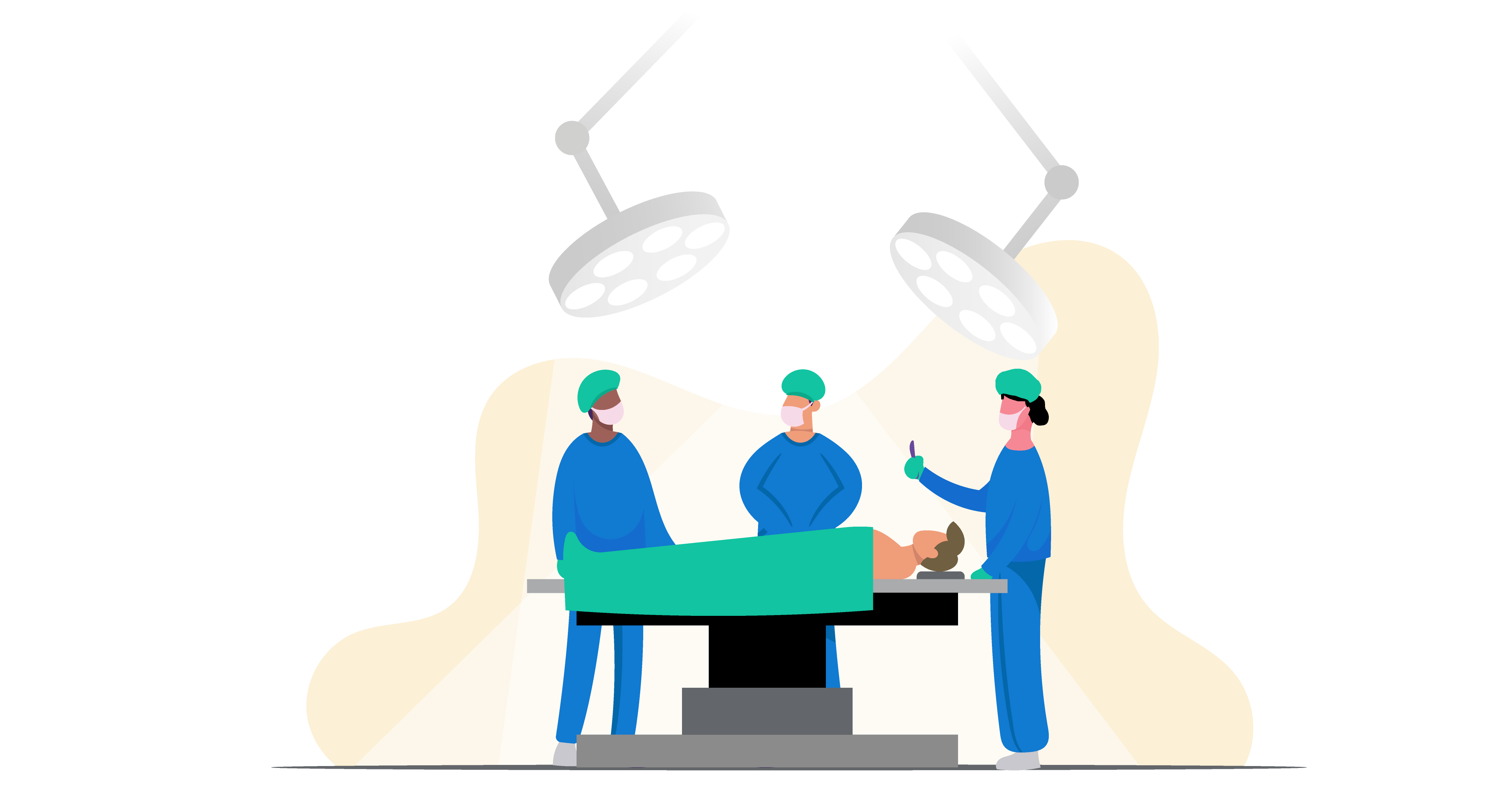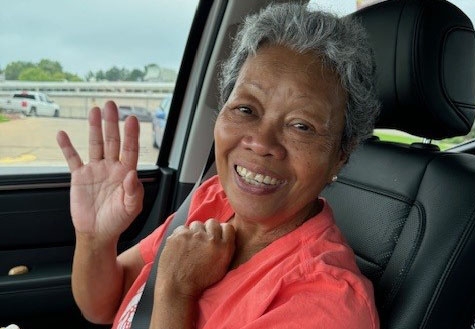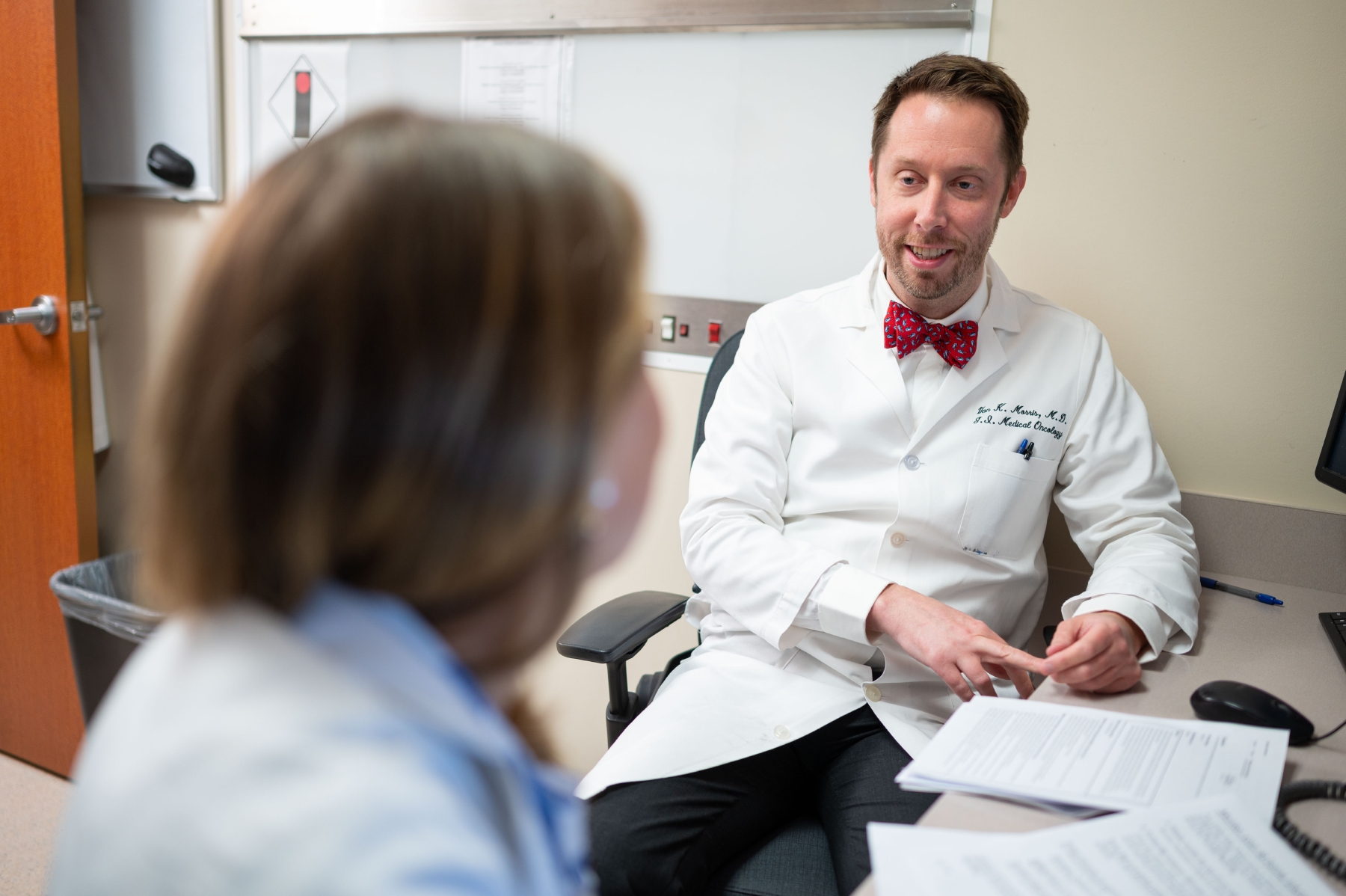- Diseases
- Acoustic Neuroma (14)
- Adrenal Gland Tumor (24)
- Anal Cancer (66)
- Anemia (2)
- Appendix Cancer (16)
- Bile Duct Cancer (28)
- Bladder Cancer (68)
- Brain Metastases (28)
- Brain Tumor (230)
- Breast Cancer (718)
- Breast Implant-Associated Anaplastic Large Cell Lymphoma (2)
- Cancer of Unknown Primary (4)
- Carcinoid Tumor (8)
- Cervical Cancer (154)
- Colon Cancer (164)
- Colorectal Cancer (110)
- Endocrine Tumor (4)
- Esophageal Cancer (42)
- Eye Cancer (36)
- Fallopian Tube Cancer (6)
- Germ Cell Tumor (4)
- Gestational Trophoblastic Disease (2)
- Head and Neck Cancer (6)
- Kidney Cancer (124)
- Leukemia (344)
- Liver Cancer (50)
- Lung Cancer (288)
- Lymphoma (284)
- Mesothelioma (14)
- Metastasis (30)
- Multiple Myeloma (98)
- Myelodysplastic Syndrome (60)
- Myeloproliferative Neoplasm (4)
- Neuroendocrine Tumors (16)
- Oral Cancer (100)
- Ovarian Cancer (170)
- Pancreatic Cancer (166)
- Parathyroid Disease (2)
- Penile Cancer (14)
- Pituitary Tumor (6)
- Prostate Cancer (144)
- Rectal Cancer (58)
- Renal Medullary Carcinoma (6)
- Salivary Gland Cancer (14)
- Sarcoma (236)
- Skin Cancer (296)
- Skull Base Tumors (56)
- Spinal Tumor (12)
- Stomach Cancer (60)
- Testicular Cancer (28)
- Throat Cancer (90)
- Thymoma (6)
- Thyroid Cancer (98)
- Tonsil Cancer (30)
- Uterine Cancer (78)
- Vaginal Cancer (14)
- Vulvar Cancer (18)
- Cancer Topic
- Adolescent and Young Adult Cancer Issues (20)
- Advance Care Planning (10)
- Biostatistics (2)
- Blood Donation (18)
- Bone Health (8)
- COVID-19 (362)
- Cancer Recurrence (120)
- Childhood Cancer Issues (120)
- Clinical Trials (626)
- Complementary Integrative Medicine (24)
- Cytogenetics (2)
- DNA Methylation (4)
- Diagnosis (230)
- Epigenetics (6)
- Fertility (64)
- Follow-up Guidelines (2)
- Health Disparities (14)
- Hereditary Cancer Syndromes (124)
- Immunology (18)
- Li-Fraumeni Syndrome (8)
- Mental Health (118)
- Molecular Diagnostics (8)
- Pain Management (62)
- Palliative Care (8)
- Pathology (10)
- Physical Therapy (18)
- Pregnancy (18)
- Prevention (896)
- Research (390)
- Second Opinion (74)
- Sexuality (16)
- Side Effects (604)
- Sleep Disorders (10)
- Stem Cell Transplantation Cellular Therapy (216)
- Support (404)
- Survivorship (322)
- Symptoms (184)
- Treatment (1776)
Taking charge of esophageal cancer treatment
3 minute read | Published January 03, 2017
Medically Reviewed | Last reviewed by an MD Anderson Cancer Center medical professional on January 03, 2017
Tim Orellano knew something was wrong when minimal physical activity made him short of breath. “Other than acid reflux, I considered myself very healthy,” says Tim, who has played tennis for decades.
So, in Feb. 2014, Tim went to his doctor in Little Rock, Arkansas. Bloodwork showed that his red blood cell count was very low, requiring blood transfusions.
An endoscopy found a bleeding ulcer, and a biopsy revealed the cause – esophageal cancer.
“I was in shock,” Tim says.
Choosing to take charge of esophageal cancer
Soon after receiving the news, Tim and his wife, Gina, focused on finding the best esophageal cancer treatment. “Cancer is probably even harder on a caregiver, but Gina was just awesome at offering support,” he says.
Tim knew he could feel sorry for himself, or he could take charge. “I decided I was going to attack this very aggressively,” Tim says. “I was going to own my cancer. It wasn’t going to own me.”
Tim created a binder with his health records and information pertaining to his esophageal cancer diagnosis. He wrote down questions, and began researching treatment options and seeking doctors’ opinions.
The search for a surgeon
While Tim knew he might need an esophagectomy, a surgical removal of his esophagus, he wanted to try an endoscopic mucosal resection procedure, which was less invasive and would potentially allow him to retain his esophagus.
Tim sought a specialist who was both knowledgeable and personable. But he wasn’t happy with many of the doctors he considered. “One surgeon didn’t seem to like me asking questions,” Tim says. Another scheduled him for an endoscopic mucosal resection without telling Tim that he hadn’t ever performed the procedure before.
When Tim cancelled that surgery, another doctor suggested he go to MD Anderson. Within three days, Tim had an appointment at MD Anderson with Wayne Hofstetter, M.D.
“My experience at MD Anderson was different,” Tim says. “Dr. Hofstetter encouraged me to ask questions. I wasn’t rushed, and I had all the information I needed. I even got to talk to other patients with the same diagnosis.”
Tim’s esophageal cancer surgeries
Hofstetter performed an endoscopic mucosal resection to remove the cancerous area in May 2014. But he wasn’t able to remove enough of the area around the cancer to declare Tim cancer-free. He gave Tim a choice: have an esophagectomy or return every six months to be screened for cancer.
“I decided that I didn’t want to keep looking in the rearview mirror or have it hanging over my head,” he says. So, Tim opted for an esophagectomy, which Hofstetter performed in June 2014. The surgery involved lifting his stomach to a higher position and forming a new esophagus out of a portion of his stomach.
Life after an esophagectomy
For 10 days after his esophagectomy, Tim stayed in the hospital, where he transitioned from a feeding tube to solid foods. Clinical dietitian Joan H. Elizondo helped Tim adjust to his smaller stomach and taught him to eat six small meals per day.
On a day he was feeling spry, Tim formed a conga line with the nurses on his floor for fun. He also had “Kicking cancer’s butt” buttons made for his care team. “I really felt like we all were on the same team. Everyone from Surgery to Clinical Nutrition worked together to help me get my health and strength back. They followed up with me even after I went home,” Tim says. “Our connection was just tremendous.”
Now, two-and-a-half years after Tim’s esophagectomy, Dr. Hofstetter often asks him to speak with his other patients. “I received so much that I felt an obligation to give back,” Tim says. “It’s really rewarding and has reinforced that cancer does not own me.”
Request an appointment at MD Anderson online or by calling 1-844-550-1330.
Related Cancerwise Stories

I was going to own my cancer. It wasn’t going to own me.
Tim Orellano
Survivor





